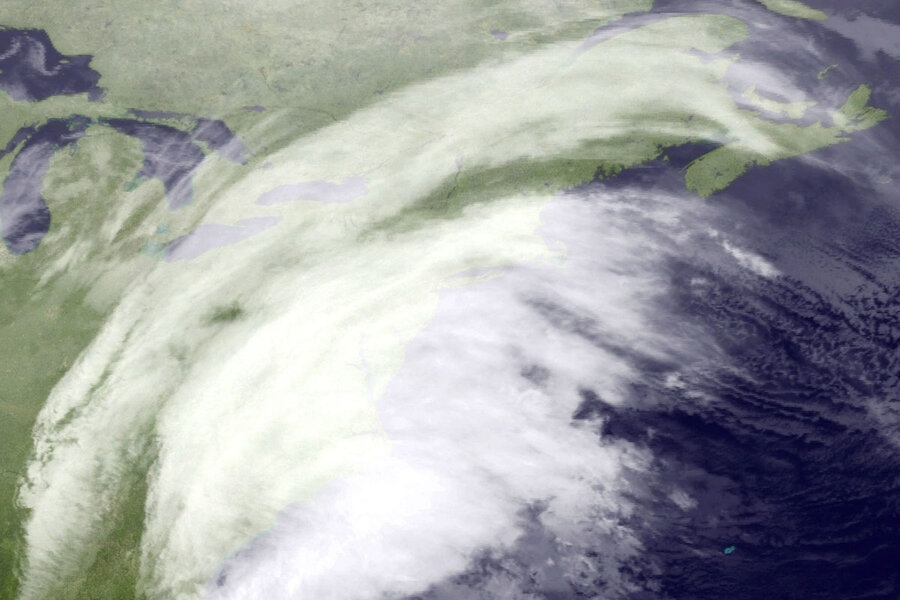US East Coast braces for huge blizzard
Loading...
Low temperatures, strong wind gusts, and more than a foot of snow are expected to roll into the Northeast Corridor Tuesday, bringing conditions officials described as "life-threatening" that prompted school closures, flight cancellations, and warnings of flooding and power outages.
Heavy snowfall will likely hit Washington, D.C., and affect various cities and states all the way through Maine. The Capitol, which has a reputation for handling winter weather poorly, is expected to get more than five inches of snow, while Philadelphia, New York City, Boston, and others could see more than a foot.
Some 50 million people in Pennsylvania, New Jersey, New York, Connecticut, Rhode Island, Massachusetts, New Hampshire, Maine, and Vermont, were under blizzard warnings as the powerful storm began to move in.
"This is a serious winter storm," Maryland Gov. Larry Hogan said, noting that some parts of the state were slated to receive a foot of snow. "It's obviously going to be the biggest event we've had this season and people need to be prepared. They need to be safe."
The forecast prompted German Chancellor Angela Merkel to postpone her first face-to-face meeting with President Trump, which was scheduled Tuesday in D.C. The two will now meet Friday after she arrives later in the week.
As of Tuesday morning, more than 7,000 flights had been grounded across the country since Sunday, according to USA TODAY. More than 5,000 flights were canceled for Tuesday, according to the airline-tracking website FlightAware.
The storm, powerful and poised to break records in some places for its late-season arrival, follows a milder winter. February saw several spring-like days in the Northeast, with temperatures reaching 70 degrees F, setting warm-weather records in some spots.
But this March blizzard serves as a reminder that winter is far from over. National Weather Service officials in Philadelphia called the storm "life-threatening" and warned people to "shelter in place." They also issued coastal flood warnings from Delaware through Massachusetts.
Northern New England could see as much as 20 inches of snow, and similar totals were forecasted for New York.
"It's a good day to stay home," said New York Gov. Andrew Cuomo on CBS Radio. "It is going to be a dangerous, dangerous situation."
New York, New Jersey, Pennsylvania, Maryland, and Virginia have issued states of emergency, and some above-ground subway service has been cancelled in New York City. A statewide travel ban began early in Connecticut Tuesday morning, and Massachusetts officials have urged drivers to stay off the roads and take public transportation only if absolutely necessary.
At the storm's peak, some areas could see snow fall at a rate of four inches per hour, with winds gusting at speeds of 60 miles per hour.
Meteorologists predict that the worst of the storm will pass by Wednesday morning, and airlines hope to sort out flight delays and cancellations then. Still, colder than usual temperatures for late winter will persist throughout the week.
This report contains material from the Associated Press and Reuters.








